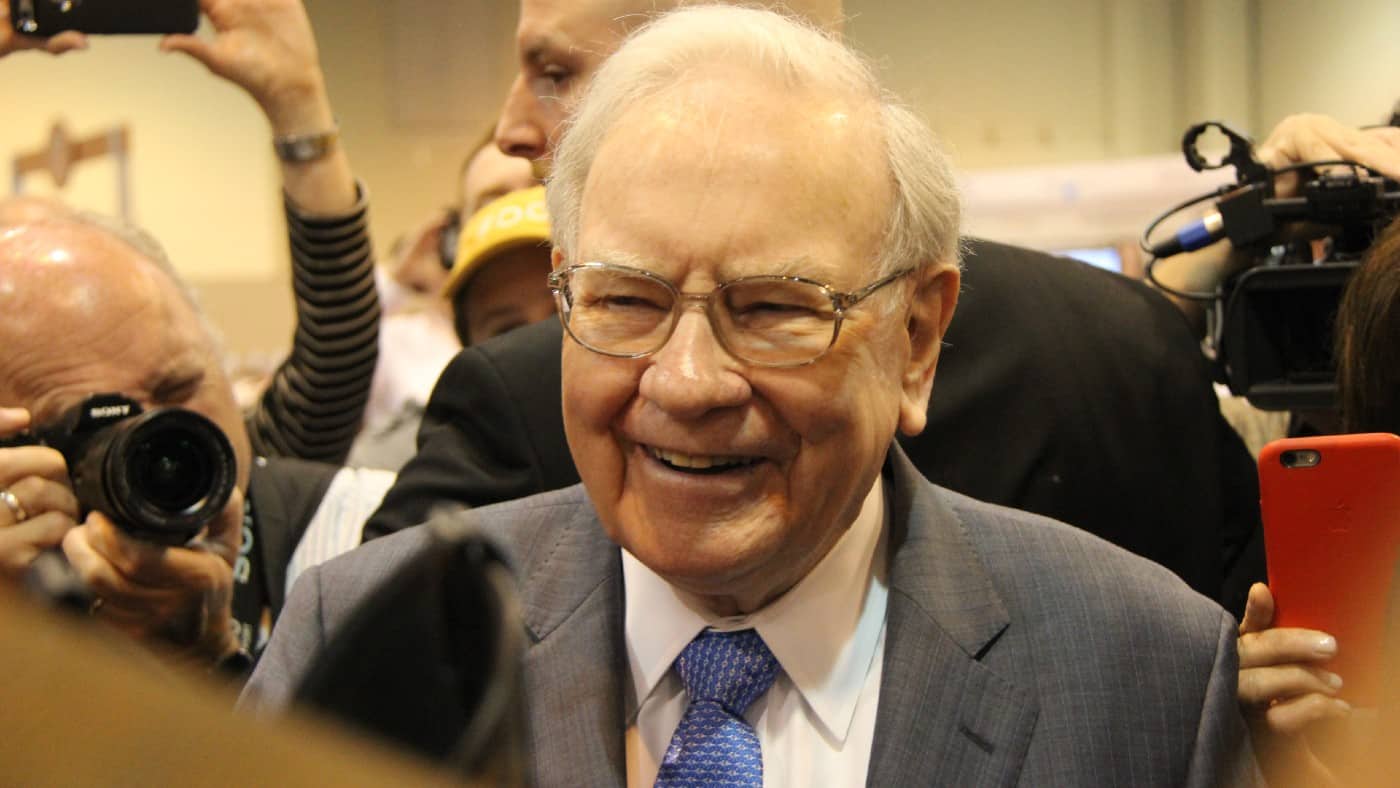UK shares have been terrific performers in 2024, so far. Britain’s flagship indices are all moving in an upward trajectory, with many businesses as a whole seeing a return to growth. However, when it comes to hunting down the best stocks to buy, market recoveries can mask which businesses are most likely to be long-term winners. After all, a rising tide lifts all boats.
It’s a challenge that many investors struggle to overcome. Fortunately, billionaire investor Warren Buffett seems to have found the trick. Using his ‘secret sauce’, he’s not only discovered some of the best-performing stocks in the market but has gone on to deliver near-20% annualised returns for Berkshire Hathway shareholders since 1965!
What’s the ‘secret sauce’?
There are a few key steps Buffett follows when hunting for bargains. Ignoring the day-to-day volatility of the markets is one, and steering clear of hard-to-understand companies is another. However, the one critical factor that can make or break an investment thesis is a competitive moat.
Should you invest £1,000 in Halma Plc right now?
When investing expert Mark Rogers has a stock tip, it can pay to listen. After all, the flagship Motley Fool Share Advisor newsletter he has run for nearly a decade has provided thousands of paying members with top stock recommendations from the UK and US markets. And right now, Mark thinks there are 6 standout stocks that investors should consider buying. Want to see if Halma Plc made the list?
It’s very rare to see a company not have to face some form of competition. And in the handful of situations where it does happen, opportunistic start-ups are usually not far behind.
Economically speaking, having companies compete for business is terrific. It encourages constant research and progress leading to better products at lower prices. But when it comes to investing, competition can be the doom of even the biggest enterprises.
Kodak‘s a perfect example. It was once the leader in the world of photography. However, a failure to transition to digital technology saw the business decimated by competition.
That’s why Buffett’s exclusively interested in companies that have a wide competitive moat. This is a collection of advantages that protects businesses from competition. And they can come in many forms from patent-protected technologies to superior branding.
Investing in the UK
Despite primarily investing in the US stock markets, this ‘secret sauce’ is universal. That means investors can use it here in the UK to strive for similar results. So how can investors spot which companies have a competitive moat?
Let’s look at AstraZeneca (LSE:AZN) as an example. As the largest company on the London Stock Exchange by market capitalisation, the firm has the advantage of size on its side. After all, developing new drugs and treatments is exceptionally expensive and requires a lot of financial and human capital to pull off.
Furthermore, the pharmaceutical industry’s heavily regulated, which, when combined with development costs, creates a substantial barrier to entry. That certainly helps fend off disruptive smaller start-ups that we often see in tech. Of course, there are plenty of other established pharma giants to fend off, so how does AstraZeneca protect itself here?
The group has a massive patent portfolio to prevent rivals from simply replicating its drugs. However, this is where risk starts to emerge. Even with all its various advantages, AstraZeneca has one major weakness – patents expire. And once one comes to an end, other pharma companies are free to swoop in, make their own versions and sell them at a massively reduced price, stealing market share.
As such, AstraZeneca has to constantly invest in R&D to discover new products. It’s a costly affair that never guarantee’s success. Therefore, even companies with wide competitive moats can still carry significant investment risk.








